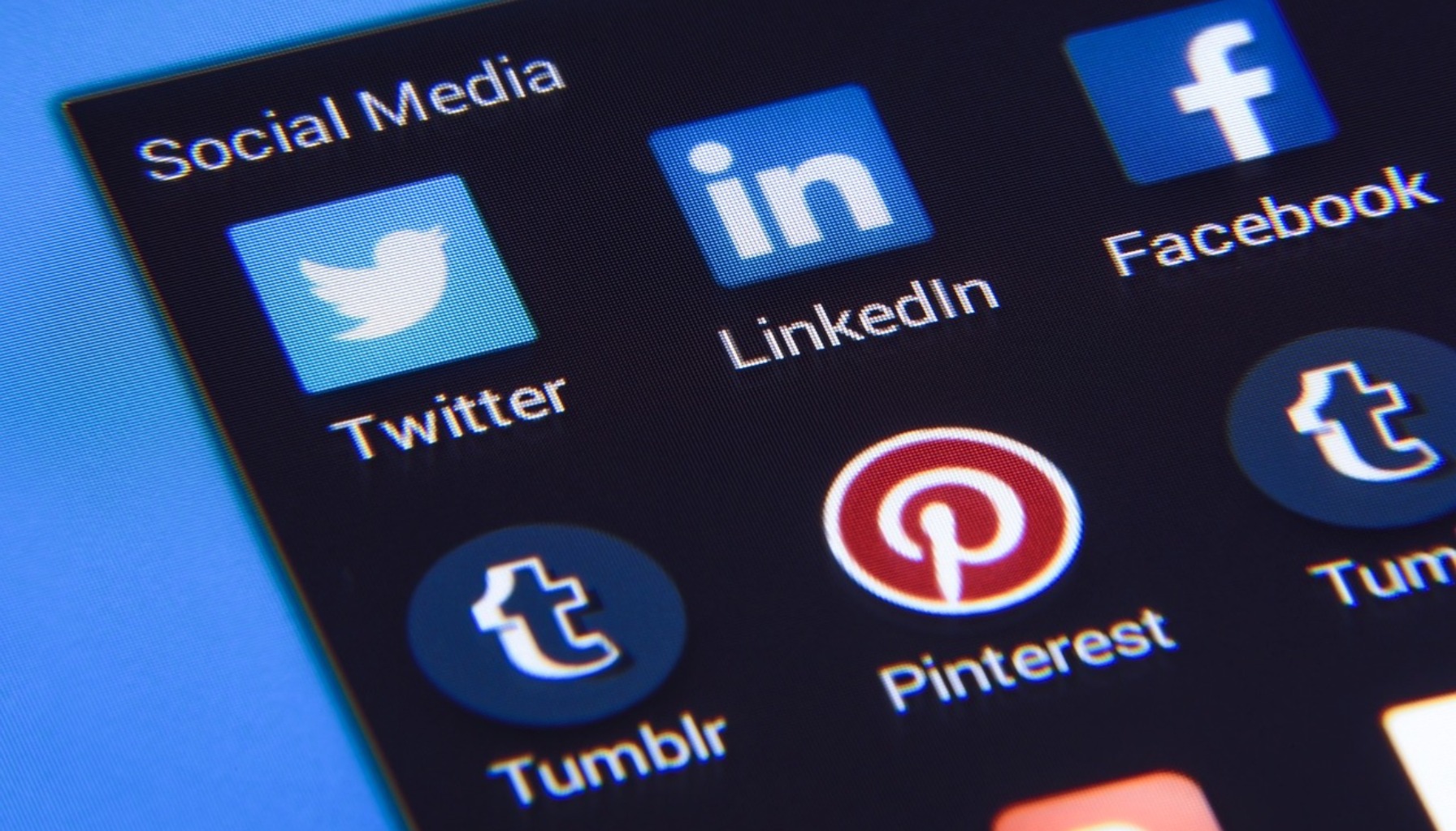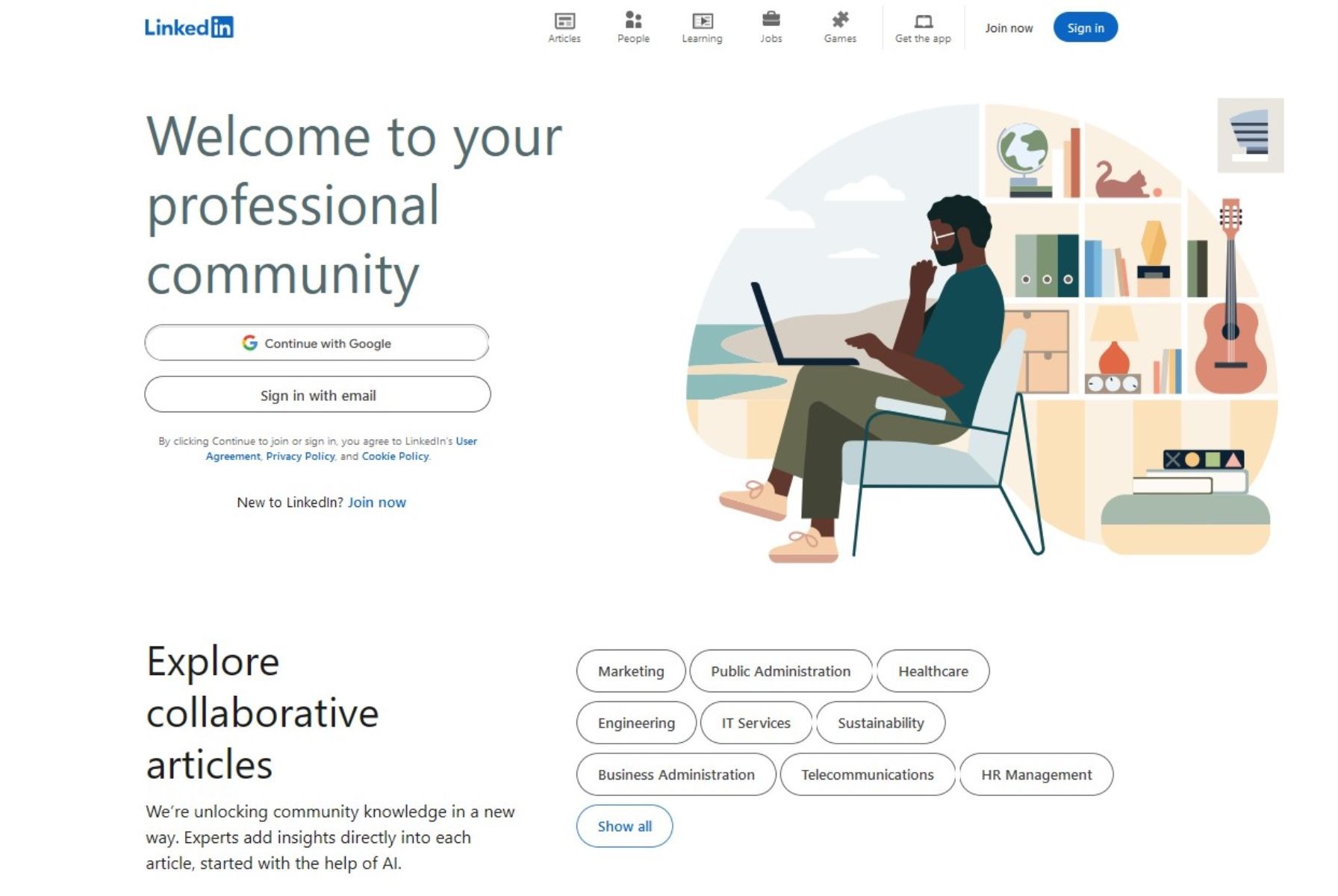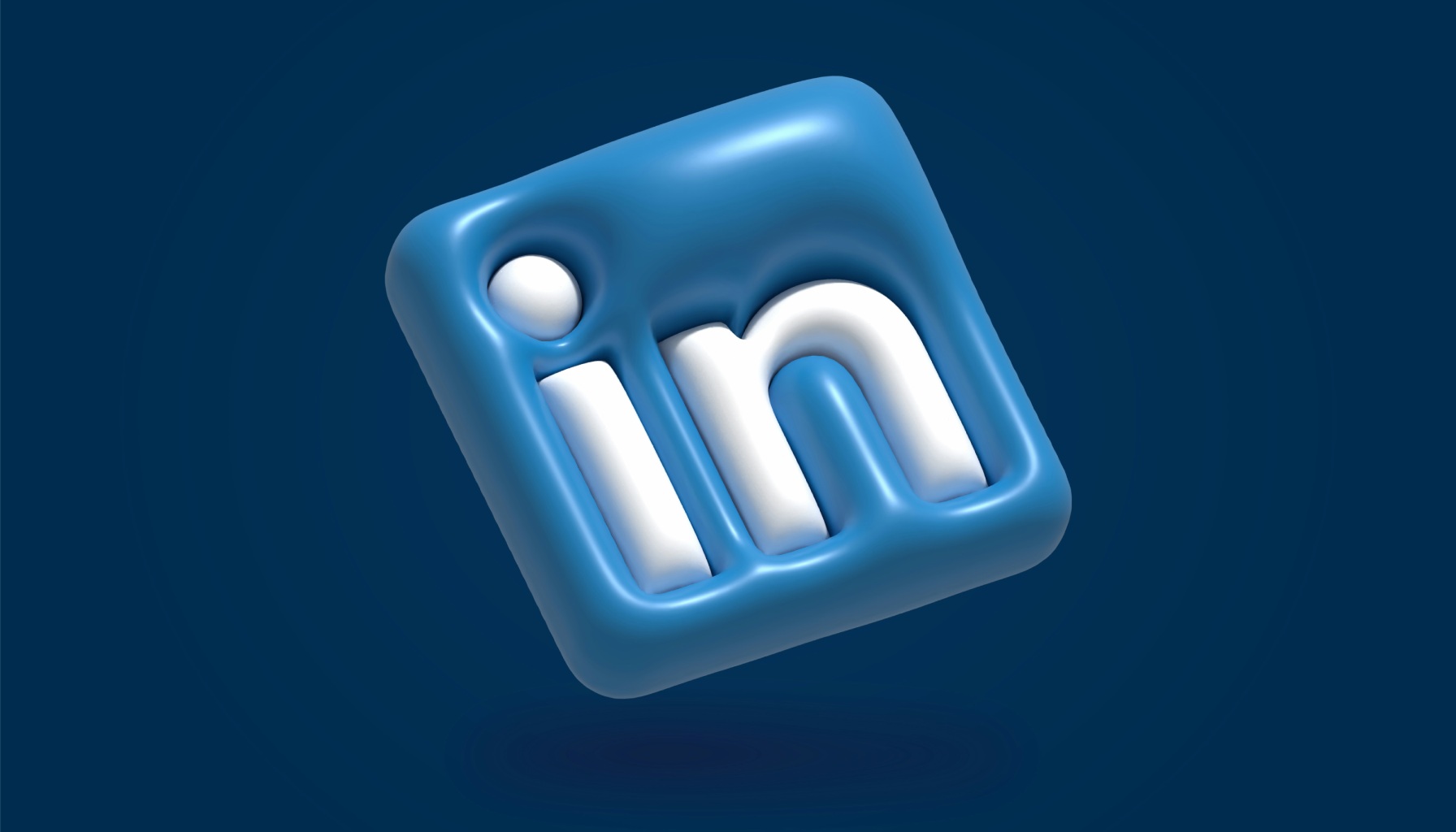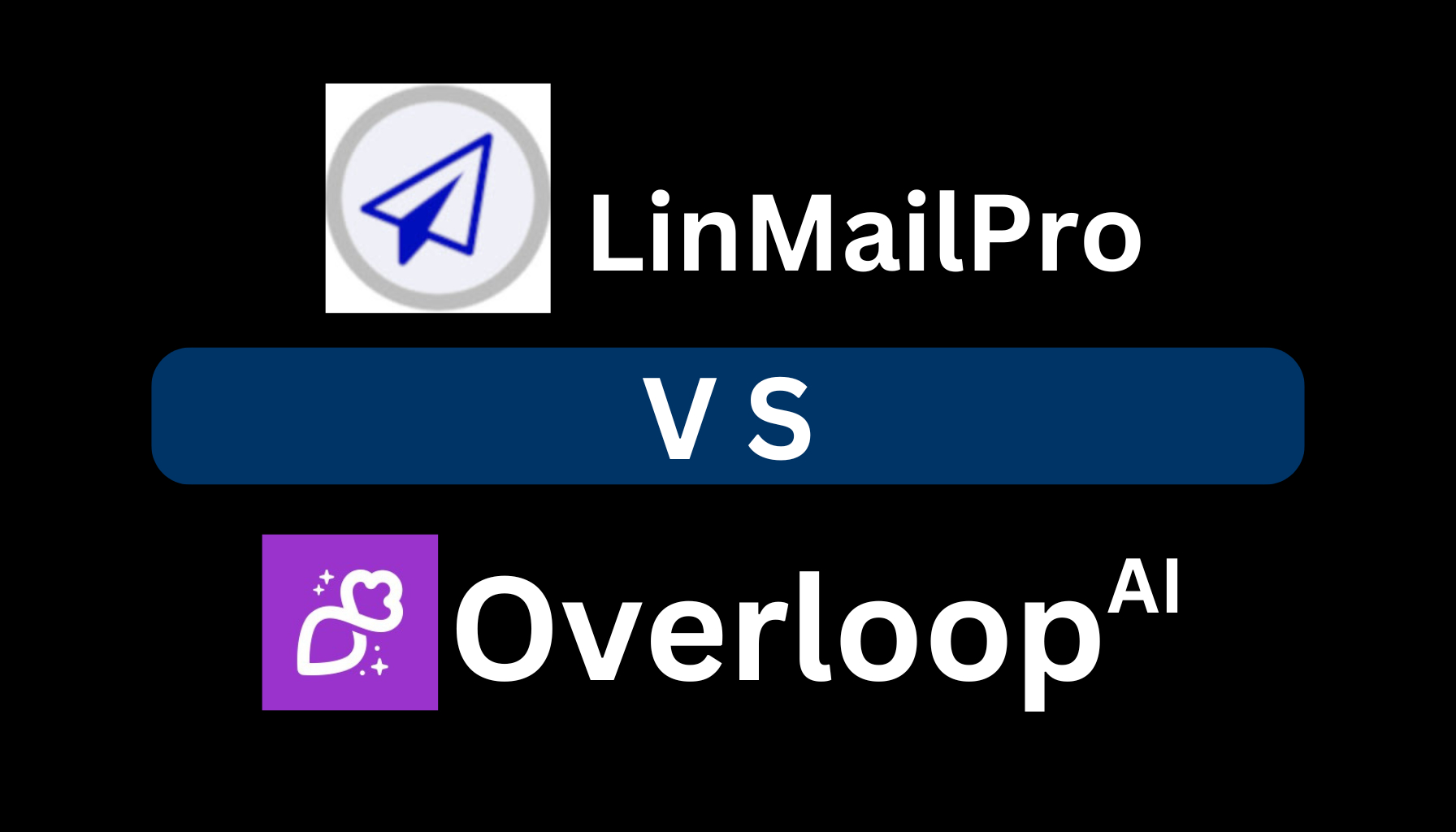
In today’s digital age, where information spreads at lightning speed, the ability to manage a crisis effectively can make or break a company’s reputation. LinkedIn, as the world’s largest professional network, has become a crucial platform for crisis communication and reputation management. This article explores how businesses can leverage LinkedIn to navigate turbulent times and maintain their professional image.
The importance of LinkedIn in crisis management cannot be overstated. With over 740 million members worldwide, it serves as a direct line of communication to stakeholders, employees, and industry peers. As recent events have shown, from global pandemics to corporate scandals, the way a company responds on LinkedIn can significantly impact its long-term reputation and bottom line.
Key Facts
- LinkedIn is 277% more effective for lead generation than Facebook and Twitter, making it a critical platform for maintaining business relationships during crises.
- According to a study by Edelman, 64% of consumers choose, switch, avoid, or boycott a brand based on its stand on societal issues.
- Companies that respond quickly and transparently to crises on LinkedIn see a 20-30% higher engagement rate compared to those that remain silent or respond late.

Leveraging LinkedIn’s Unique Features for Crisis Management
LinkedIn offers a suite of tools that, when used strategically, can be powerful assets in crisis communication. The platform’s professional nature and business-focused audience make it ideal for addressing serious issues with the gravity they deserve.
Real-Time Communication and Audience Targeting
LinkedIn’s real-time update capabilities are invaluable during crises. Companies can utilize posts, articles, and live video to disseminate immediate, authoritative information as events unfold. This rapid response mechanism is crucial for controlling narratives and preventing misinformation spread. The platform’s advanced targeting features allow businesses to segment their audience based on specific criteria such as industry, job title, or company size.
This precision ensures that tailored crisis messages reach the most relevant stakeholders at the right time, enhancing the effectiveness of communication efforts. By leveraging these tools, companies can maintain a clear line of communication with their professional network, addressing concerns and providing updates in a timely and targeted manner.
Engagement and Transparency
LinkedIn’s engagement features, including comments and reactions, offer a two-way communication channel that is essential for crisis management. These tools provide valuable feedback mechanisms, allowing companies to gauge public sentiment and address concerns directly. By actively engaging with their audience, businesses can demonstrate transparency and build trust, which are critical during turbulent times. The ability to respond to comments in real-time shows attentiveness and care, helping to mitigate negative perceptions.
Moreover, this open dialogue can provide insights into stakeholder concerns that may not be immediately apparent, allowing companies to adjust their crisis response strategies accordingly. Leveraging these engagement features effectively can transform a potential PR disaster into an opportunity to strengthen relationships with key professional contacts.
“In times of crisis, LinkedIn becomes more than just a networking site; it transforms into a critical communication channel where transparency and authenticity are paramount”
says Sarah Johnson, Crisis Communication Expert at Reputation Guardians.
“The companies that excel in crisis management on LinkedIn are those that view it as an opportunity for dialogue, not just a broadcast channel”
notes Michael Chen, Digital Strategy Director at TechComm Solutions.
Best Practices for Crisis Communication on LinkedIn

Proactive Planning and Monitoring
Effective crisis communication on LinkedIn begins with proactive planning. Developing a comprehensive crisis communication plan is crucial. This plan should outline clear response protocols, key messaging frameworks, and designate specific spokespersons for LinkedIn communications. Having these elements in place ensures a swift and coordinated response when a crisis hits. Equally important is the continuous monitoring of conversations on the platform. Utilizing LinkedIn’s social listening tools allows companies to track mentions, hashtags, and industry discussions related to the crisis.
This vigilant approach enables businesses to stay ahead of developing narratives, identify potential issues before they escalate, and gauge public sentiment in real-time. By combining thorough preparation with active monitoring, companies can position themselves to respond effectively and maintain control of their narrative during challenging times.
Responsive and Transparent Communication
When a crisis unfolds, the speed and consistency of a company’s response on LinkedIn can significantly impact its reputation. Addressing issues promptly with clear, concise messages that align across all communication channels is paramount. This approach demonstrates responsiveness and helps prevent the spread of misinformation. Transparency and accountability are equally crucial. Companies should not hesitate to acknowledge mistakes, take responsibility for their actions, and clearly communicate the steps being taken to resolve the issue.
This honest approach builds trust and credibility with the audience. Leveraging multimedia content, such as a mix of text posts, images, and videos, can effectively convey messages and maintain engagement during a crisis. Regular updates keep the network informed about the situation and the company’s ongoing response, showcasing a commitment to open communication and reinforcing corporate values throughout the crisis management process.
- Develop a Crisis Communication Plan: Have a pre-approved strategy in place that outlines response protocols, key messaging, and designated spokespersons for LinkedIn communications.
- Monitor Conversations: Use LinkedIn’s social listening tools to track mentions, hashtags, and industry discussions related to the crisis.
- Respond Promptly and Consistently: Address issues quickly with clear, concise messages that align across all communication channels.
- Be Transparent and Accountable: Acknowledge mistakes, take responsibility, and clearly communicate steps being taken to resolve the issue.
- Leverage Multimedia: Use a mix of text posts, images, and videos to convey your message effectively and maintain engagement.
- Engage with Stakeholders: Respond to comments and messages promptly, showing that you’re listening and value feedback.
- Provide Regular Updates: Keep your network informed with consistent updates on the situation and your company’s response.
- Showcase Corporate Values: Reinforce your company’s commitment to its core values through your crisis response.
How Horlio Can Enhance Your LinkedIn Crisis Management Strategy
While effective crisis communication requires a human touch, tools like Horlio can significantly enhance your ability to manage your LinkedIn presence during challenging times. Horlio’s AI-powered platform offers several features that are particularly valuable in crisis situations:
- Intelligent Automation: Horlio can help maintain a consistent presence on LinkedIn even when your team is focused on crisis management, ensuring that your regular content strategy doesn’t falter.
- Advanced Targeting: Utilize Horlio’s precise audience targeting to ensure crisis communications reach the most relevant stakeholders.
- Real-time Analytics: Monitor the impact of your crisis communications with Horlio’s comprehensive engagement analytics, allowing for quick strategy adjustments.
- Content Library: Store pre-approved crisis response templates and quickly adapt them to specific situations, ensuring rapid response times.
- Team Collaboration: Horlio’s multi-user access facilitates coordinated responses across your crisis management team.
By integrating Horlio into your crisis communication strategy, you can ensure a more efficient, consistent, and data-driven approach to managing your reputation on LinkedIn during critical times.
Ready to Dominate LinkedIn?
Transform Contacts into Conversations with Smart Targeting on LinkedIn!
Conclusion
Effective crisis communication on LinkedIn is no longer optional—it’s a necessity in today’s interconnected business world. By leveraging the platform’s unique features and following best practices, companies can navigate crises while maintaining trust and credibility with their professional network.
Remember, the goal of crisis communication on LinkedIn is not just to weather the storm but to emerge stronger, with reinforced relationships and a demonstrated commitment to transparency and accountability. With the right strategy and tools like Horlio, businesses can turn challenges into opportunities for building lasting trust and loyalty among their professional connections.
Citations
- Edelman. (2020). Edelman Trust Barometer Special Report: Brand Trust in 2020. Retrieved from [https://www.edelman.com/research/brand-trust-2020]
- LinkedIn. (2021). About LinkedIn. Retrieved from https://about.linkedin.com/
- Johnson, S. (2021). Personal communication.
- Chen, M. (2021). Personal communication.



